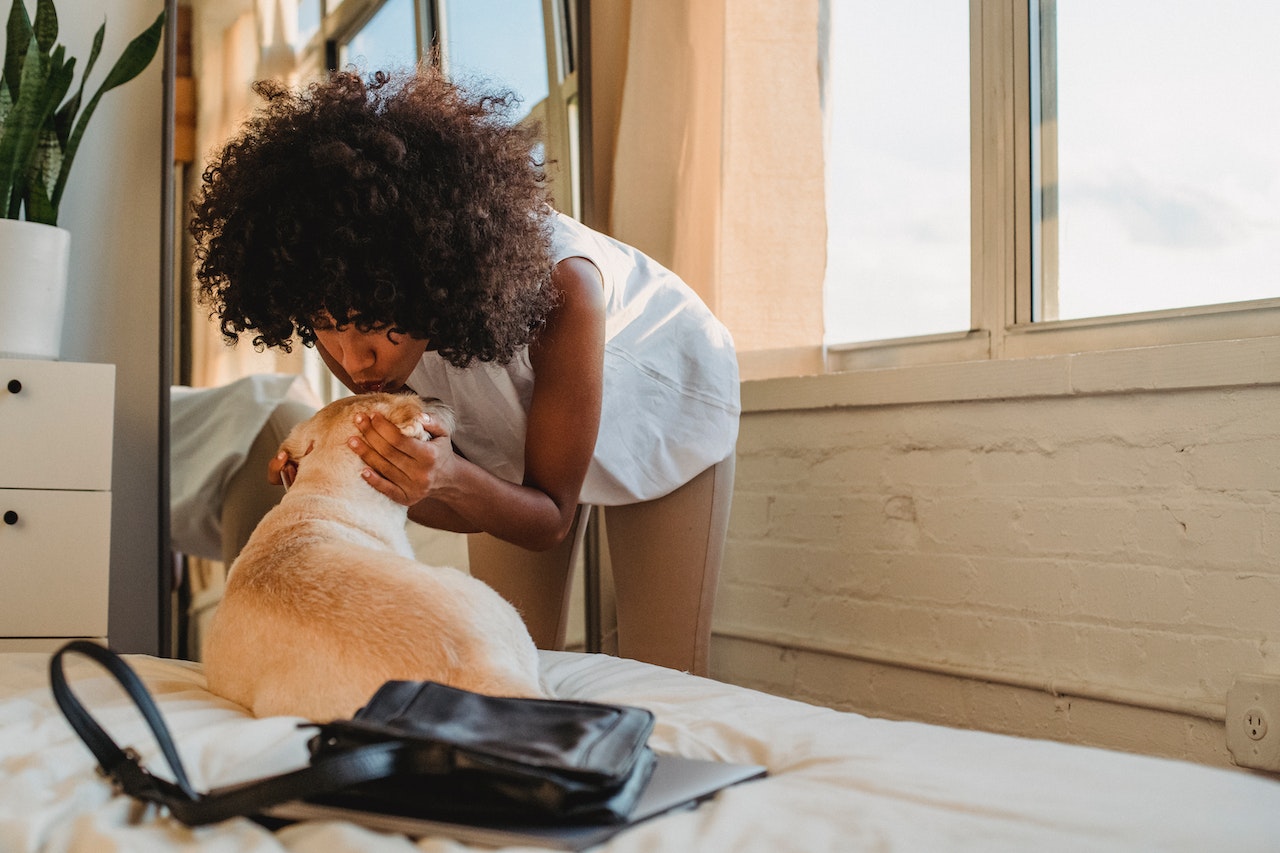How to Train Dog Not to Bark at Door
Training your Labrador to stop barking at the door can be a challenging task, but with the right techniques and consistency, it is definitely achievable. Door-training plays a crucial role in teaching your dog to remain calm and quiet when someone arrives or knocks on the door.
One effective method for door-training your Labrador is desensitization. Start by creating controlled situations where you simulate someone knocking or ringing the doorbell. Gradually expose your dog to these sounds at a low volume and reward them for remaining calm. Over time, increase the intensity of the sounds until your Labrador becomes accustomed to them without reacting excessively.
Another important aspect of door-training is teaching your dog an alternative behavior that they can engage in instead of barking. For example, you can train them to go to their designated spot or lie down when someone approaches the door. Use positive reinforcement techniques such as treats and praise to encourage this desired behavior.
Consistency is key when training your Labrador not to bark at the door. Make sure all family members are on board with the training process and follow the same rules and commands. With patience, perseverance, and lots of practice, you’ll be able to successfully teach your Labrador how to stay calm and quiet when visitors arrive at your door.
Understanding the Importance of Door Training for Your Labrador
Door training is an essential aspect of teaching your Labrador how to behave when someone approaches or knocks on the door. It not only helps prevent excessive barking but also promotes good manners and a calm demeanor in your furry friend. In this section, I’ll explain why door training is important and provide some tips to help you train your dog effectively.
- Reducing Excessive Barking: One of the primary benefits of door training is that it teaches your Labrador not to bark excessively when someone comes to the door. Excessive barking can be frustrating for both you and your neighbors, and it’s crucial to address this behavior early on.
- Maintaining Control: Door training enables you to maintain control over your dog’s behavior during potential trigger situations. By teaching them appropriate responses at the door, such as sitting quietly or moving away, you establish yourself as the leader and reinforce their obedience.
- Creating a Calm Environment: A well-trained Labrador knows how to remain calm even when there are visitors at the door. This helps create a comfortable environment for both guests and family members alike, reducing stress levels for everyone involved.
Now that we understand why door training is vital let’s explore some effective techniques:
- Start with basic obedience commands: Before tackling specific door-related behaviors, ensure that your Labrador has a solid foundation in basic commands like “sit,” “stay,” and “leave it.” These commands will form the basis for their behavior at the door.
- Gradual desensitization: Introduce your dog to various sounds associated with people approaching or knocking on doors gradually. Start with low-intensity sounds (such as recordings) and gradually increase the volume over time while rewarding calm behavior.
- Positive reinforcement: Use treats, praise, and rewards whenever your Lab demonstrates desired behaviors at the door, such as staying quiet or moving away from the entrance. Positive reinforcement is a powerful tool in shaping their behavior.
Remember, consistency and patience are key when training your Labrador. It may take time for them to fully grasp the concept of door training, but with perseverance and positive reinforcement, you’ll see progress.
In conclusion, door training plays a crucial role in teaching your Labrador how to behave appropriately when someone approaches or knocks on the door. By reducing excessive barking and fostering calmness, you’ll create a harmonious environment for both your dog and household members. Stay consistent, use positive reinforcement techniques, and enjoy the benefits of a well-trained Labrador at the door.
